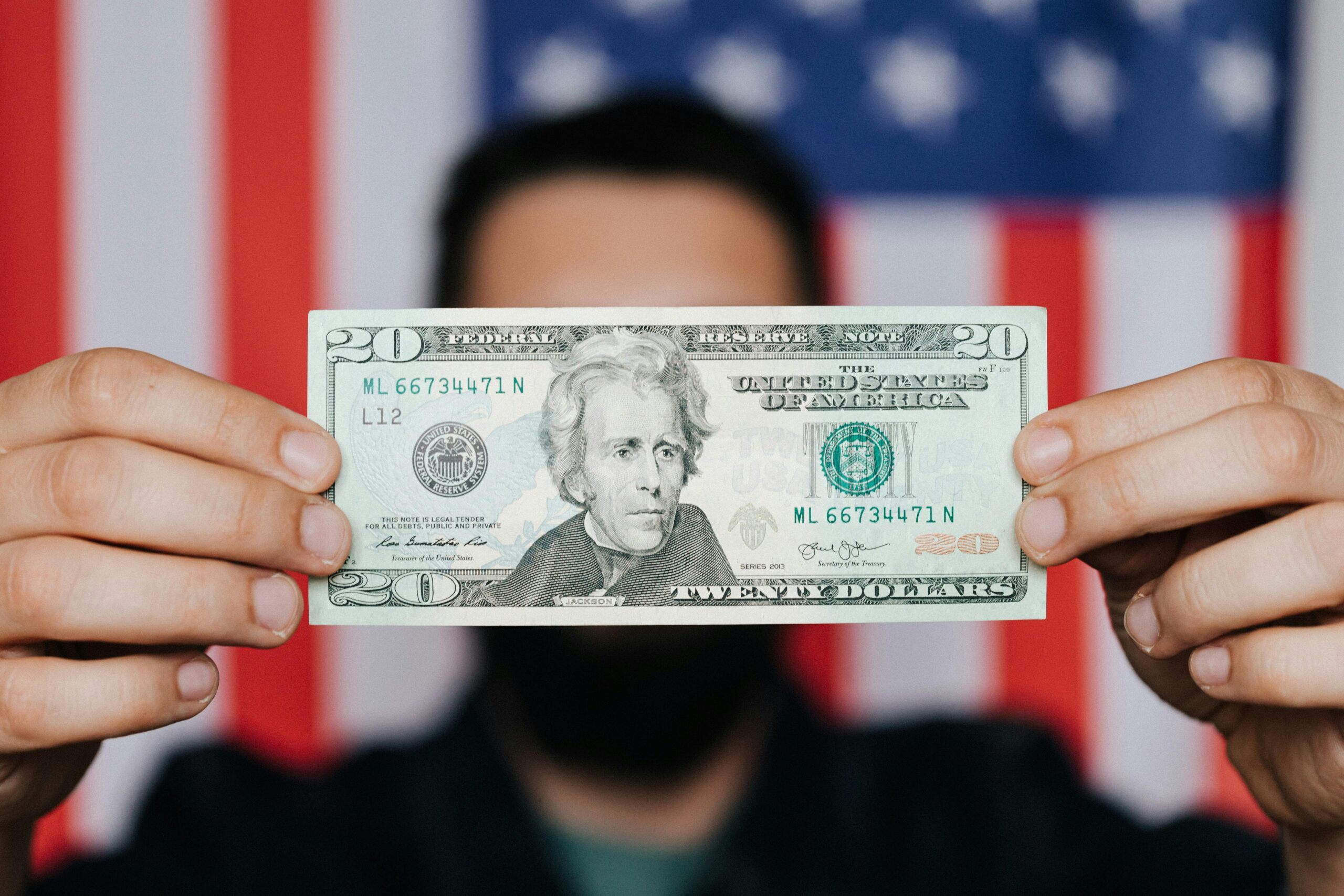Personal loans are a popular financial tool for individuals seeking quick access to funds without needing to offer collateral, such as a home or a car. Whether you’re looking to consolidate debt, finance a large purchase, or cover unexpected expenses, personal loans can provide the flexibility and convenience you need. This article explores how personal loans work, their benefits, and the best scenarios for using them.
What is a Personal Loan?
A personal loan is an unsecured loan that borrowers can use for almost any purpose. Unlike secured loans (like a mortgage or auto loan) that are backed by collateral, personal loans do not require any asset to secure the loan. This makes them accessible to a wider range of borrowers, but it also typically results in higher interest rates due to the increased risk for the lender.

Personal loans are usually offered by banks, credit unions, and online lenders, and the amount you can borrow generally ranges from $1,000 to $100,000. The repayment period, or loan term, can vary from one to seven years, depending on the lender and loan conditions.
How Do Personal Loans Work?
The process of obtaining a personal loan is fairly straightforward. Here’s a step-by-step guide on how personal loans work:
1. Application
The first step is to apply for a personal loan. You can do this online or in person at a bank or credit union. During the application process, the lender will typically ask for your personal details, such as your income, employment status, and credit history. Lenders will also inquire about the loan amount you’re seeking and the purpose of the loan.
2. Approval Process
Once your application is submitted, the lender reviews your information. They assess your creditworthiness by checking your credit score and report. A higher credit score increases your chances of approval and helps you secure a lower interest rate. While a good credit score (usually 670 and above) is preferred, some lenders also offer personal loans to borrowers with poor or fair credit, though at higher interest rates.
3. Loan Offer
If you’re approved, the lender will offer you the loan amount, interest rate, and repayment terms. You should carefully review the loan agreement, ensuring that you understand the interest rate (fixed or variable), any fees, and the repayment schedule.
4. Disbursement
Once you accept the loan offer, the funds are typically deposited into your bank account within a few business days. The money can be used for any purpose you outlined in your application, although personal loans are most commonly used for debt consolidation, home improvement, or large purchases.
5. Repayment
Personal loans have fixed monthly payments. The loan must be repaid over the agreed-upon term, usually ranging from 12 to 84 months. The payment amount includes both the principal (the amount you borrowed) and interest. Missing payments can negatively impact your credit score and result in late fees, so it’s crucial to make payments on time.
Types of Personal Loans
There are several types of personal loans available to suit different financial needs. Some of the most common ones include:
1. Debt Consolidation Loans
These loans are used to pay off multiple debts, such as credit card balances or medical bills, by consolidating them into a single loan with a fixed monthly payment. This can simplify your finances and may lower your overall interest rate.
2. Home Improvement Loans
If you’re planning a renovation or home improvement project, personal loans can be used to cover the costs without having to tap into your home equity.
3. Emergency Loans
Personal loans can be a lifesaver in times of emergency, providing quick access to funds for medical expenses, car repairs, or other unforeseen circumstances.
4. Wedding Loans
Many couples take out personal loans to finance their wedding expenses, helping them cover costs like venue rental, catering, and honeymoon travel.
5. Vacation Loans
Some people use personal loans to fund their dream vacations, allowing them to spread the cost over time rather than paying upfront.
When Should You Use a Personal Loan?
Personal loans can be a great financial tool, but they aren’t suitable for every situation. Here are some scenarios where using a personal loan might make sense:
1. Debt Consolidation
One of the most common uses of personal loans is consolidating high-interest debt. By taking out a personal loan at a lower interest rate, you can pay off existing credit card balances or other loans, potentially saving money on interest and simplifying your monthly payments.
2. Major Purchases
Personal loans are ideal for financing large purchases like appliances, electronics, or furniture, especially if you don’t want to put the expense on a high-interest credit card. Since personal loans typically have fixed interest rates, you can spread out payments over time without worrying about fluctuating costs.
3. Home Renovations
If you want to improve your home but don’t have enough savings to cover the costs, a personal loan can provide the funds you need. This option allows you to upgrade your home without dipping into your home equity or refinancing your mortgage.
4. Unexpected Medical Expenses
Personal loans can be a helpful solution for covering unexpected medical bills or dental work that isn’t covered by insurance. They provide quick access to funds and offer a more manageable repayment plan than using a credit card.
5. Emergencies
In times of financial hardship, personal loans can be used to cover essential expenses, such as rent, utility bills, or car repairs. They can offer peace of mind when you need fast cash to deal with emergencies.
When NOT to Use a Personal Loan
While personal loans can be useful in certain situations, there are times when they may not be the best option:
1. Discretionary Spending
Using personal loans for non-essential spending, such as vacations or luxury items, might not be wise. The interest you’ll pay over time can make these purchases more expensive than they need to be.
2. Paying for Education
While personal loans can technically be used to pay for tuition, student loans are usually a better option. Student loans often have lower interest rates and more flexible repayment terms compared to personal loans.
3. Investment Purposes
It’s not recommended to use personal loans for investing, as it adds unnecessary risk. If your investments don’t perform well, you’ll still be responsible for repaying the loan with interest.
Advantages of Personal Loans
There are several benefits to using personal loans:
- No Collateral Needed: Since personal loans are unsecured, you don’t need to put up your home or car as collateral.
- Flexible Use: Personal loans can be used for almost any purpose, giving you flexibility in how you spend the funds.
- Fixed Interest Rates: Most personal loans come with fixed interest rates, making it easier to budget your monthly payments.
- Predictable Payments: With a fixed repayment term, you’ll know exactly how much you need to pay each month, helping you plan your finances.
Disadvantages of Personal Loans
Despite the benefits, there are some downsides to consider:
- Higher Interest Rates: Since personal loans are unsecured, they usually have higher interest rates than secured loans.
- Fees: Some personal loans come with origination fees, late payment fees, or prepayment penalties.
- Credit Score Impact: Failing to repay a personal loan on time can damage your credit score.
Personal loans can be a useful financial tool when used wisely. Whether you’re consolidating debt, covering emergency expenses, or making a major purchase, personal loans offer flexibility and convenience. However, it’s essential to understand the terms of your loan and ensure that it aligns with your financial goals. By carefully considering your needs and ability to repay the loan, you can make an informed decision that benefits your financial health in the long run.










